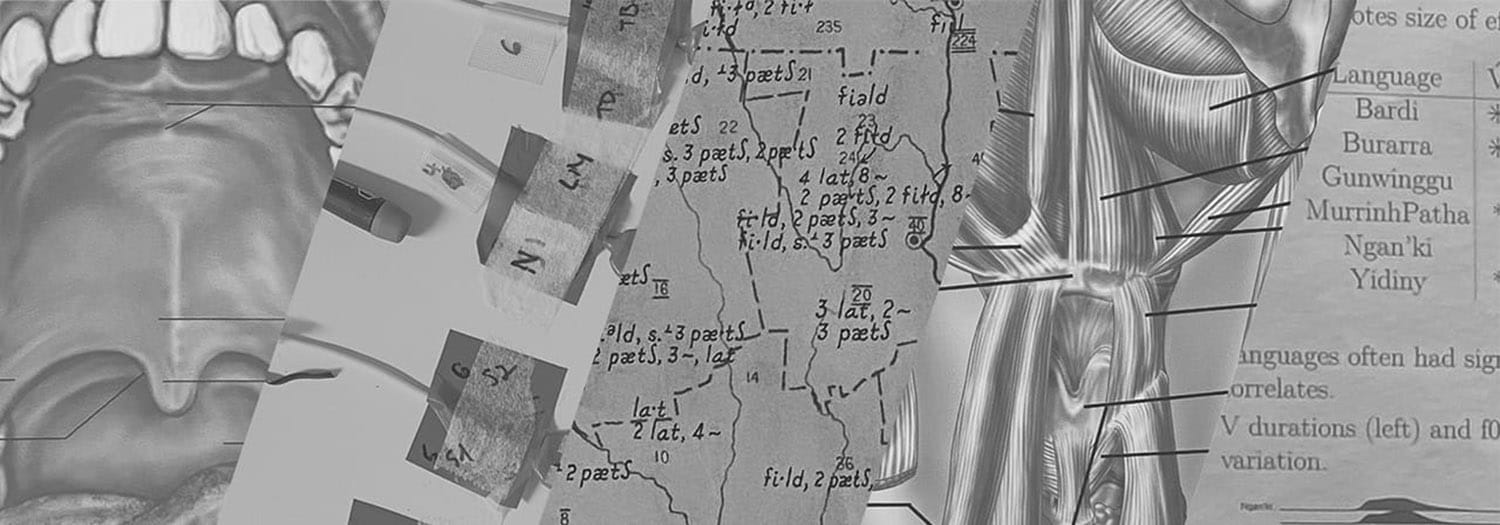Laurence Horn publishes autobiographical article
Words in Edgewise, an autobiographical article by Professor Emeritus Larry Horn, will appear in the fourth volume of the Annual Review of Linguistics. In his own words, “[Larry] had always, from early toddlerhood on, been (to borrow Iris Murdoch’s descriptor) a word child.” Inspired by his lifelong passion for words, Larry reflects on his career in semantics and pragmatics in his article by recounting stories about the various words and notations he has contributed to the field and to the English language in general.
Of the many words featured in the article, perhaps the most famous is the term scalar implicature; this word is so famous that it appears in the Oxford English Dictionary. Scalar implicature is a phenomenon in which a word denoting degree or magnitude can be used to produce an implied meaning. For example, suppose a person says the following sentence.
- Some of the students in the class passed the exam.
According to the maxim of quantity, linguists believe that when deciding how to phrase a sentence, people generally try to be as informative as they can. If we assume that the person who uttered the above sentence is obeying the maxim of quantity, then from the above sentence we can infer that some of the students in the class failed the exam. This is because if none of the students in the class had failed the exam, then it would be more informative to say that all of the students passed the exam, so by uttering the sentence above the speaker would be violating the maxim of quantity. This is an example of scalar implicature: the word some is used to imply that some of the students in the class had failed the exam.
In addition to words, the article also features symbols that Larry has invented. Linguists often use special symbols to convey information about sentences. For example, the symbol * means that a sequence of words is not a possible sentence in a given language, and the symbol # means that a sentence has no coherent meaning but is otherwise grammatically correct. The following sentences show how these symbols are used.
- * Furiously colorless sleep ideas green.
- # Colorless green ideas sleep furiously.
The symbols * and # have a long history of usage in linguistics, but Larry has substantially expanded the linguist’s toolkit of symbols by introducing the symbols % and γ. % means that a sentence comes from a non-standard dialect of a language but may not be a proper sentence in the standard dialect, while γ means that the sentence was found by performing a Google search. For example, the first sentence below features a special construction primarily used in Pennsylvania. The second sentence is given by the article as an example of a sentence found among Google search results.
- % The cat wants petted.
- γ I don’t know that Santa comes around these parts until Christmas Eve.
In a characteristic display of Larry’s sense of humor, the article ends with the invention of yet another symbol. The symbol † means that a sentence is “felicitously assertable only by those on their deathbed.” It decorates Hegel’s famous last words:
- † Only one man ever understood me, and he didn’t understand me.
The fourth volume of the Annual Review of Linguistics is scheduled to be published on January 14, 2018. A digital copy of the article is available on the journal’s website.


